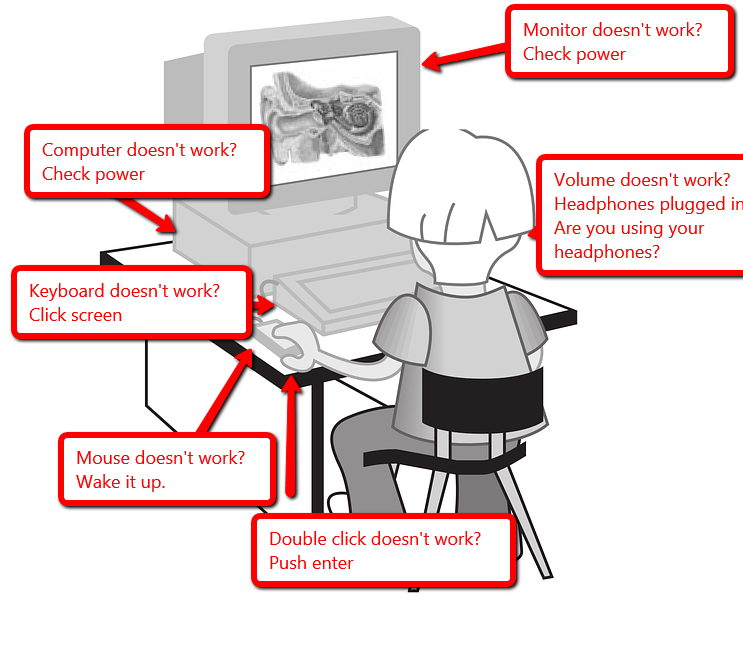Today, we have a guest post from Philip Perry, founder of Learnclick.com, an online quiz tool lots of teachers use to create and share quizzes. It is also ideal for teaching language as it has many options for asking questions in context. Here, Philip addresses the use of movies in teaching:
 Movies are a great way for learning a language as it helps getting used to the real-life usage. If you are teaching English or any other language you should consider occasionally having your class watch a movie. In this article, we will explore some ways to get the most out of it.
Movies are a great way for learning a language as it helps getting used to the real-life usage. If you are teaching English or any other language you should consider occasionally having your class watch a movie. In this article, we will explore some ways to get the most out of it.
Before you watch a movie together, take some time to introduce it to the class. Start by watching the opening scene and then stop the movie and discuss who the main characters are and summarize the plot.
The following ideas are things you can either do while watching the movie or after having watched the whole movie.
Dialogue: Asking questions about movies is an excellent way to get your students talking. Even the shy ones will be more likely to open up. For example, stop the movie and ask them to predict what will happen next.
moviesheets.com has a database with worksheets for a lot of movies. It can help you with coming up with questions. For example, if you are watching “Oliver Twist” together, you could ask “How were the conditions in the orphanage?”. Or have a more general discussion about what beliefs Dickens was trying to challenge with this story.
Observation: Ask the students to look out for specific items or listen for specific vocabulary words. The first student who sees/hears it, stands up and mentions what he found. As a reward, he gets a candy. Or if you prefer, you can give them a worksheet where they have short phrases and they need to check who said what while they are watching.
Writing exercise: Ask the students to write a summary of the movie or a particular scene. Or you can ask a few questions about things that happened in the movie, e.g. “Why did the main character hesitate on calling the police?”. Or ask them to describe certain characters. For a review one should consider the following elements: Start with the film’s title, write about the type of the movie and when it was made, continue with summarizing the story without giving away the plot and finally give one’s opinion and a judgment on whether it’s worth watching or not.
Listening comprehension: Use a clip from the movie for a listening exercise. Read the article 6 ways to test your students listening comprehension to learn how to make use of cloze tests to test for specific vocabulary or general listening skills. Gap-filling exercises help students to focus on the text at a word level while with multiple-choice questions you can check how much attention students paid to things like who did what or why something happened.
Acting: One can’t learn a language alone from listening, one needs to practice speaking it. The classroom is a safe environment for that. Each student gets a role and then you have them act out a scene. That can be done spontaneously or you can give them some preparation time. If you pick a scene with some good dialogue, ask the students to pick a few good lines and learn these by heart. In addition, give them the freedom to add their own words. After everybody got to practice, have some of the students present their version of the scene. This is guaranteed to provide not only good practice but also lots of fun!
Movies provide context, emotions and lots of dialogue. If you use these methods, your students will be more likely to remember how to use the vocabulary and various sentence patterns they learned from the movie on a daily basis.
Jacqui Murray has been teaching K-18 technology for 30 years. She is the editor/author of over a hundred tech ed resources including a K-12 technology curriculum, K-8 keyboard curriculum, K-8 Digital Citizenship curriculum. She is an adjunct professor in tech ed, Master Teacher, webmaster for four blogs, an Amazon Vine Voice, CSTA presentation reviewer, freelance journalist on tech ed topics, contributor to NEA Today, and author of the tech thrillers, To Hunt a Sub and Twenty-four Days. You can find her resources at Structured Learning.






































2 thoughts on “Ways to use a movie for language teaching”
Comments are closed.